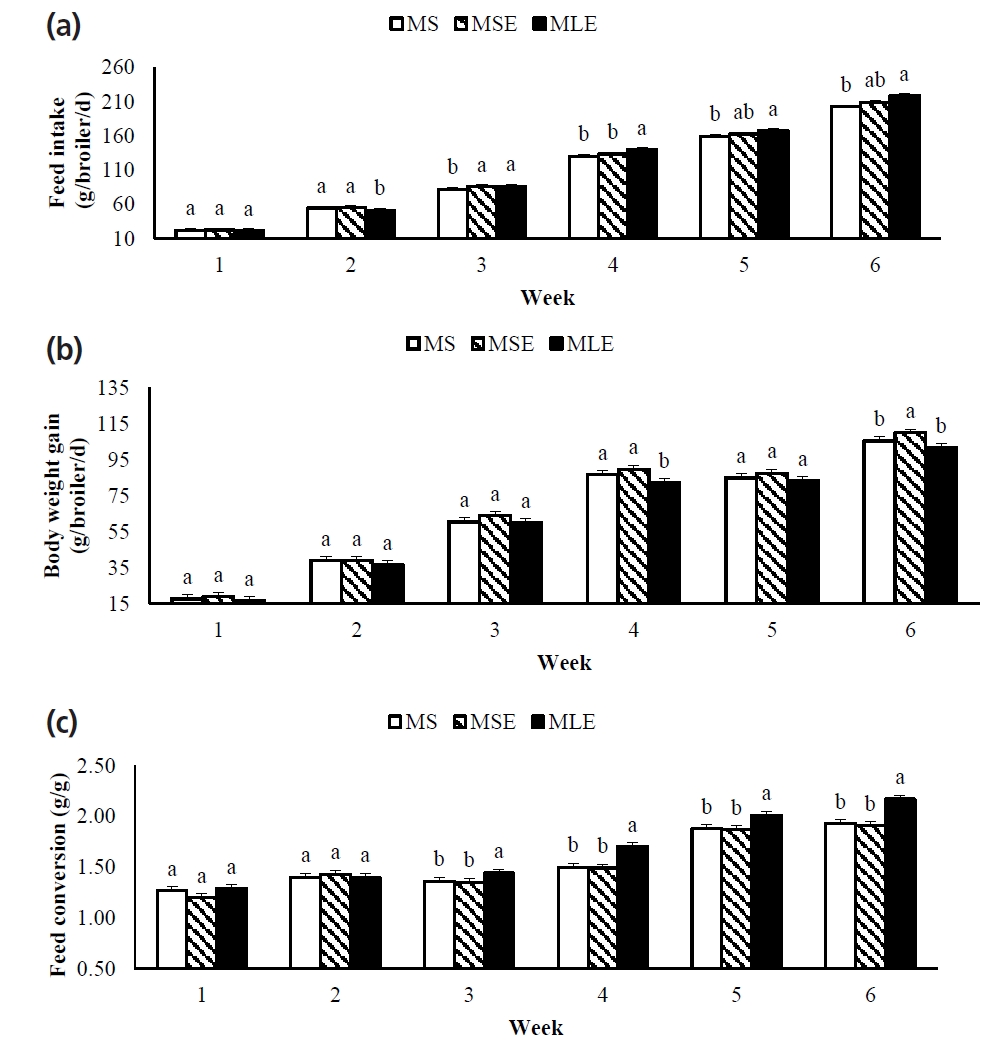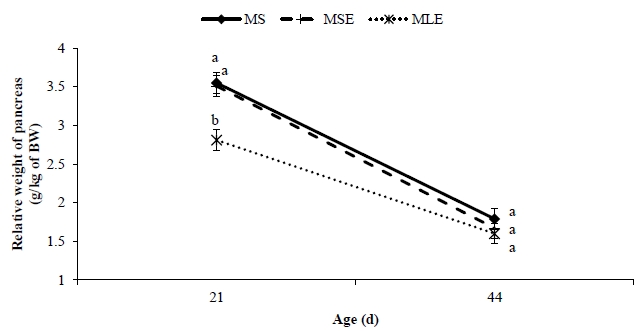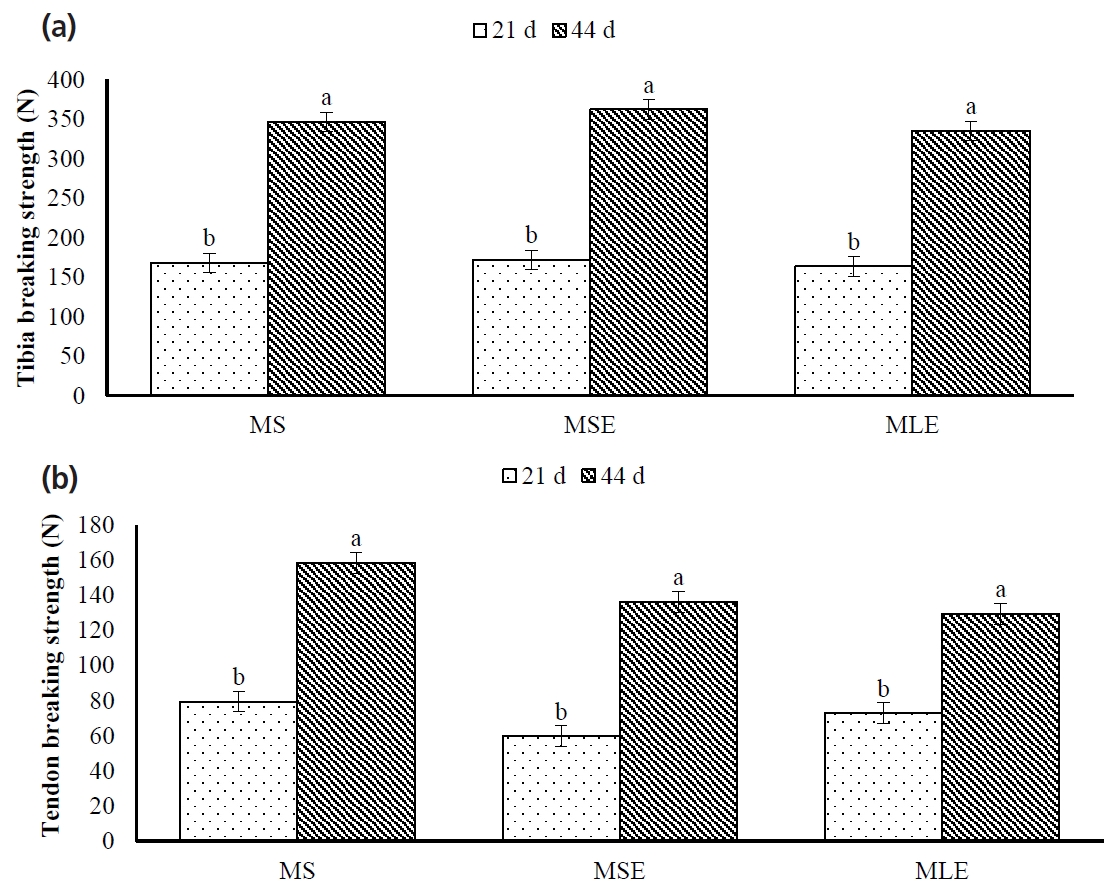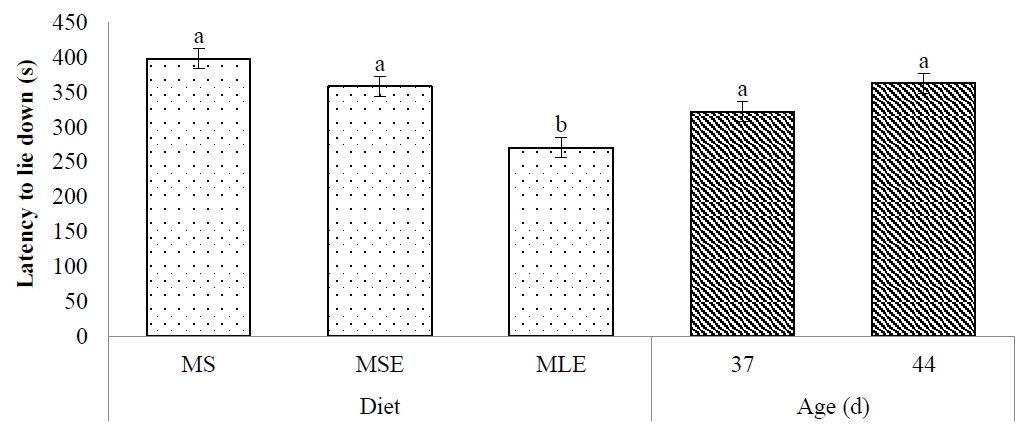3. Francesch M. Sistemas para la valoración energética de los alimentos en aves. Arch Latinoam Prod Anim 2001; 9:35–42.
4. Vecerek V, Suchý P, Straková E, Machácek M. Nutritive Composition of seeds of the lupin varieties registered in the Czech Republic. In : Palta JA, Berger JD, editorsLupins for health and wealth. Proceedings of the 12th International Lupin Conference; 14–18 Sept. 2008; Fremantle, Western Australia. International Lupin Association; Canterbury, New Zealand: 2008. p. 123–6.
5. Mierlita D, Popovici D. Effect of partial substitution of soybean meal with lupine seeds on growth and economic efficiency of broilers. Lucrări Ştiinţifice-Seria Zootehnie 2013; 59:60–5.
6. Nalle CL, Ravindran V, Ravindran G. Nutritional value of narrow-leafed lupin (
Lupinus angustifolius) for broilers. Br Poult Sci 2011; 52:775–81.


7. Evans AJ, Cheung PC-K, Cheetham NWH. The carbohydrate composition of cotyledons and hulls of cultivars of
Lupinus angustifolius from Western Australia. J Sci Food Agric 1993; 61:189–94.

8. Pasquali GAM, Fascina VB, Silva AL, et al. Maize replacement with sorghum and a combination of protease, xylanase, and phytase on performance, nutrient utilization, litter moisture, and digestive organ size in broiler chicken. Can J Anim Sci 2017; 97:328–37.

9. AOAC. Official methods of analysis of the Association of Official Analytical Chemists. 15th edWashington, DC, USA: Association of Official Analytical Chemists; 1990.
10. Aviagen. Ross broiler nutrition supplement [internet]. Newbridge, UK: Aviagen Ltd; 2014. Available from:
http://en.aviagen.com/
11. Official Mexican Standard, NOM-033-SAG/ZOO-2014. Methods to kill domestic and wild animals. Official Diary of the Federation; Mexico: 2015.
12. Garner JP, Falcone C, Wakenell P, Martin M, Mench JA. Reliability and validity of a modified gait scoring system and its use in assessing tibial dyschondroplasia in broilers. Br Poult Sci 2002; 43:355–63.


13. Leterrier C, Nys Y. Clinical and anatomical differences in varus and valgus deformities of chick limbs suggest different aetio-pathogenesis. Avian Pathol 1992; 21:429–42.


14. Berg C, Sanotra GS. Can a modified latency-to-lie test be used to validate gait-scoring results in commercial broiler flocks? Anim Welf 2003; 12:655–9.

15. Sujak A, Kotlarz A, Strobel W. Compositional and nutritional evaluation of several lupin seeds. Food Chem 2006; 98:711–9.

16. Kingwell R. Extracting value from protein variation in lupins. Glencross BD, editorProceedings of the third workshop for Seeding a Future for Grains in Aquaculture Feeds- 14 April 2005. Fisheries Occasional Publications No. 24Department of Fisheries; Western Australia, Australia: 2013. p. 17–9.
18. Nadal S, Moreno MT, Cubero JI. The grain legumes in modern agriculture. 1st edMadrid, Spain: Editions Mundi-Prensa; 2004.
19. Nalle CL, Ravindran G, Ravindran V. Influence of dehulling on the apparent metabolisable energy and ileal amino acid digestibility of grain legumes for broilers. J Sci Food Agric 2010; 90:1227–31.


21. Svihus B. Function of the digestive system. J Appl Poult Res 2014; 23:306–14.


22. Shirzadegan K, Taheri HR. Insoluble fibers affected the performance, carcass characteristics and serum lipid of broiler chickens fed wheat-based diet. Iranian J Appl Anim Sci 2017; 7:109–17.
23. Rubio LA, Brenes A, Centeno C. Effects of feeding growing broiler chickens with practical diets containing sweet lupin (
Lupinus angustifolius) seed meal. Br Poult Sci 2003; 44:391–7.


24. Józefiak D, Rutkowski A, Jensen BB, Engberg RM. Effects of dietary inclusion of triticale, rye and wheat and xylanase supplementation on growth performance of broiler chickens and fermentation in the gastrointestinal tract. Anim Feed Sci Technol 2007; 132:79–93.

25. Nalle CL, Ravindran V, Ravindran G. Nutritional value of white lupins (
Lupinus albus) for broilers: apparent metabolisable energy, apparent ileal amino acid digestibility and production performance. Animal 2012; 6:579–85.


29. Caprita R, Caprita A, Julean C. Biochemical aspects of non-starch polysaccharides. Scientific papers: Anim Sci Biotechnol 2010; 43:368–75.
30. Bach Knudsen KE. The nutritional significance of “dietary fibre” analysis. Anim Feed Sci Technol 2001; 90:3–20.













 PDF Links
PDF Links PubReader
PubReader ePub Link
ePub Link Full text via DOI
Full text via DOI Download Citation
Download Citation Print
Print





